Germany is leading the charge to create the world’s most innovative supercar
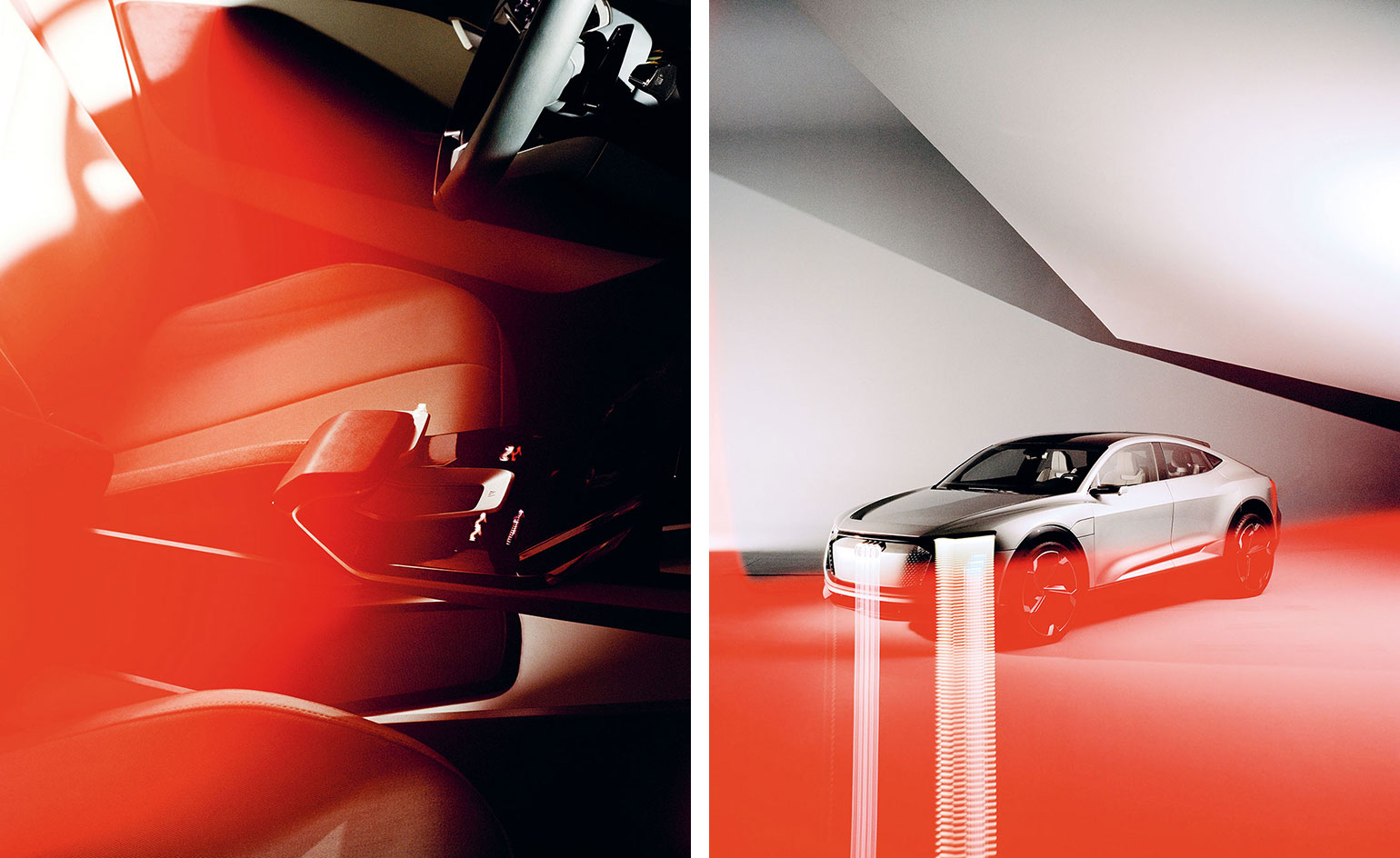
Leon Chew - Photography
From hybrid supercars to hi-tech campervans, Germany is pushing auto innovation into top gear. Think AI dashboards, pure electric ideals and cult concept hits. Here’s all you need to know about the very best in German motor manufacturing and design in 2018...
BMW i8 Roadster
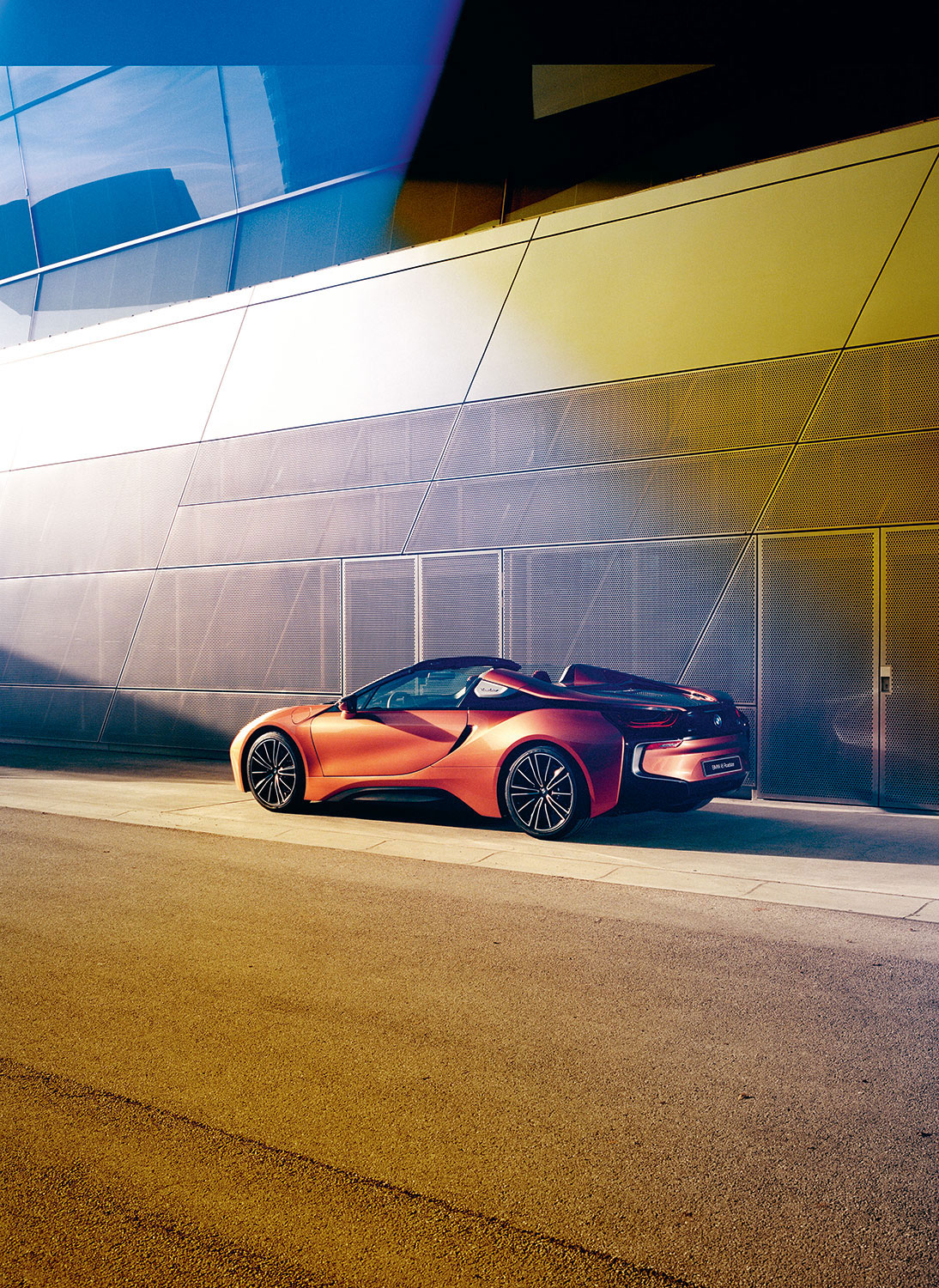
When the BMW i8 Coupé debuted in 2014, it was like nothing else on the road. The flag bearer for the Munich manufacturer’s drive to electric propulsion, the sporting four-seater was a grand tourer with bold style and a minimal environmental footprint. Now the line-up is joined by the i8 Roadster, which retains the Coupé’s dihedral doors and replaces the rear seats with a quick-folding electric soft-top, while new battery tech increases the all-electric range. BMW now has a total of nine electrified vehicles, with an all-electric Mini waiting in the wings for 2019. Next up is the BMW iNext, a concept SUV that points the way to a pure electric future; by 2025, the company hopes to over 25 electrified cars, 12 of which will be fully electric.
BMW i8 Roadster, from £124,000, bmw.com. Photography: Leon Chew
VW ID Buzz Concept
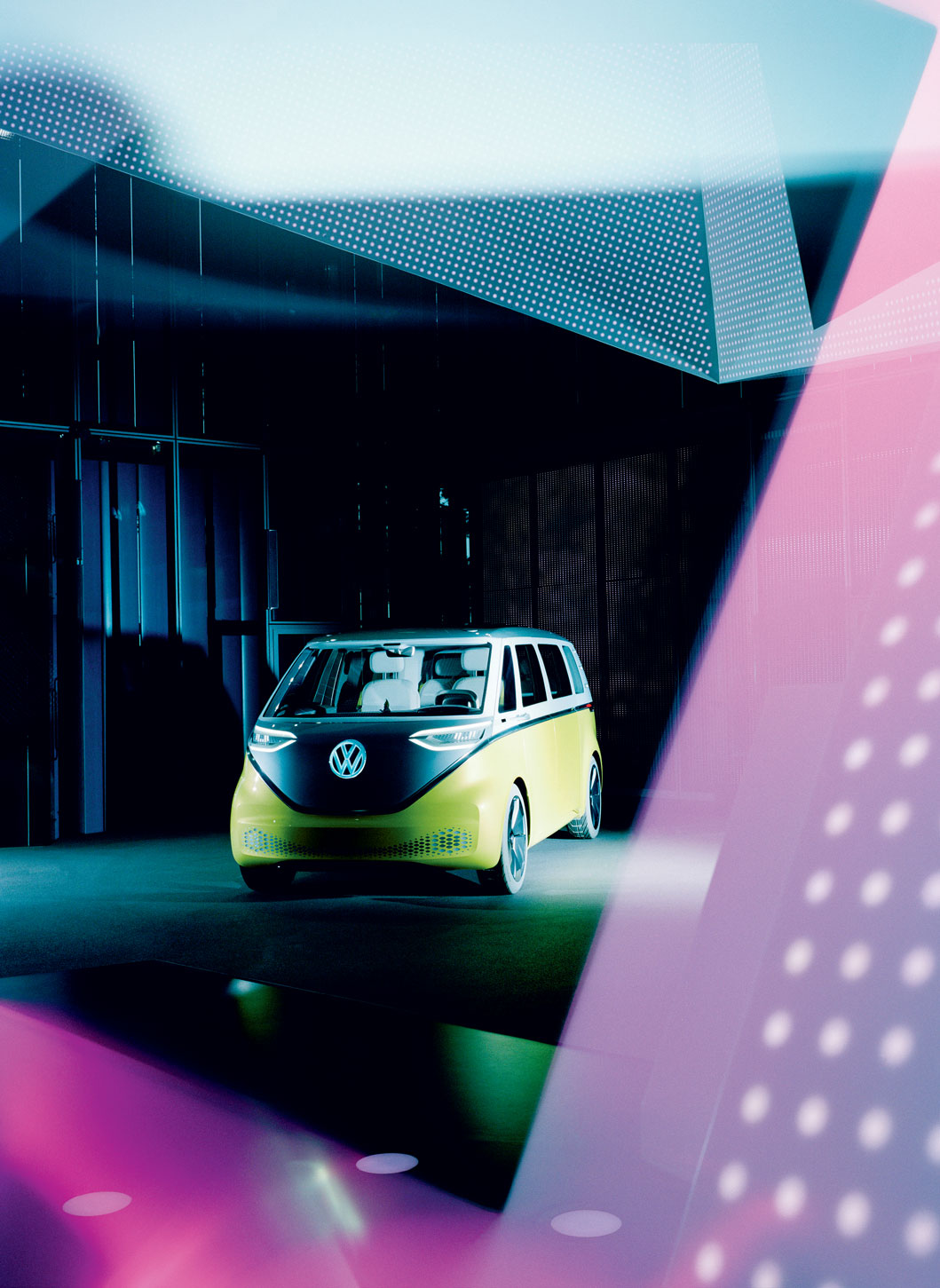
Many credit Volkswagen’s original Type 2 as the car that shaped the company’s image. From 1950 onwards, the various Type 2 vans, campers and buses projected an image of friendly functionalism, industrious but also countercultural, with a design that was compact and reassuringly durable. The ID Buzz is the concept version of the vehicle that VW hopes will recapture those glory days. Come 2022, the all-electric descendant of this pure concept car will be silently gliding along the boulevards of the future. With seating for eight, a projected 250-mile range and more clever design touches than you’d find in three regular-sized cars, the Buzz promises to replicate its forebears’ cleverest trick and become a cult hit that’s also a commercial success.
Volkswagen ID Buzz, concept only, volkswagen.com. Photography: Leon Chew
Porsche Panamera Turbo S E-Hybrid
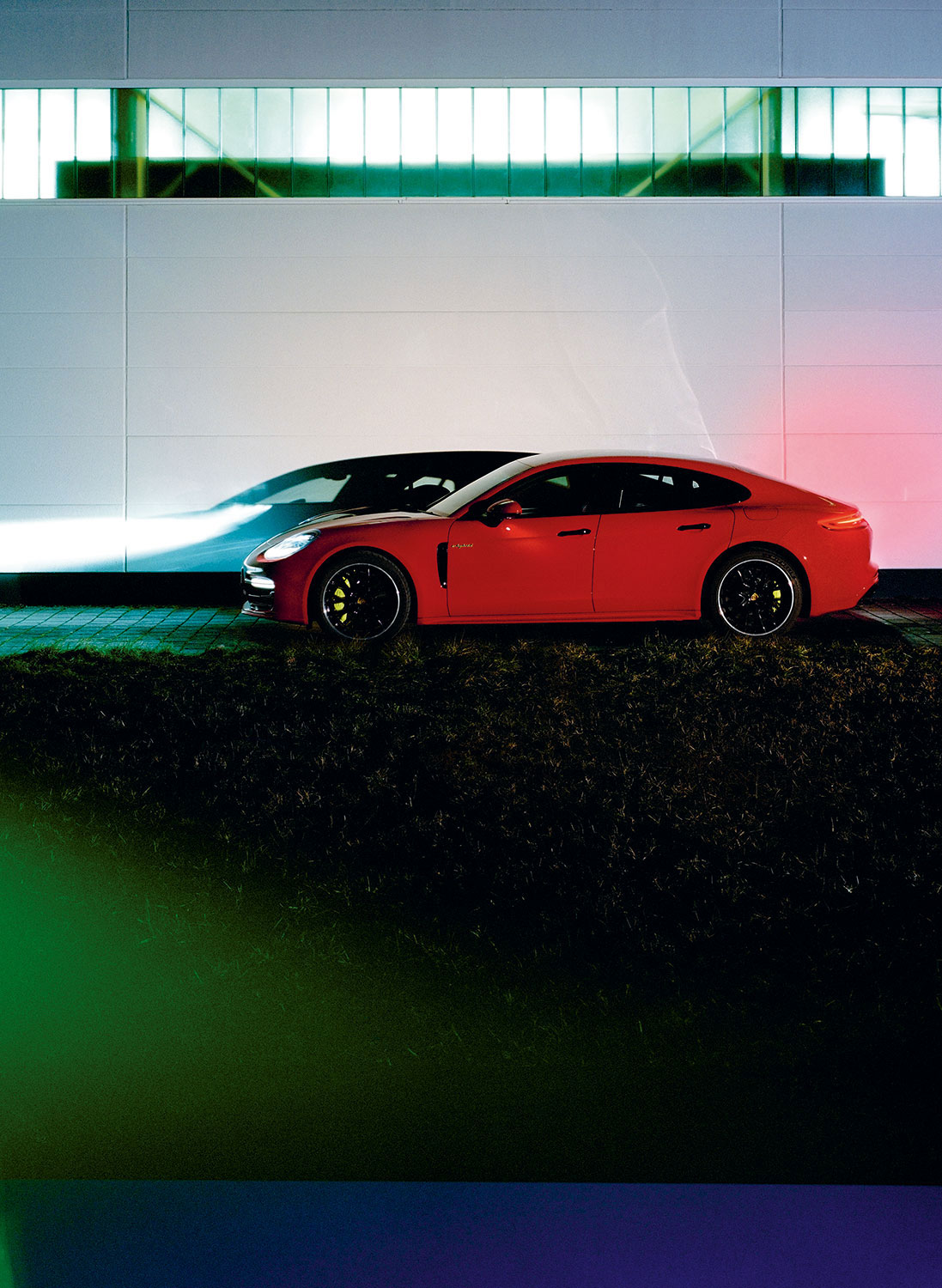
If there’s a more complete supercar on the market, we’ve yet to find it. Serving as our photographer’s trusty steed for the epic road trip behind this story, the new Turbo S E-Hybrid version of the Panamera combines space with pace, and pure dynamics with a veritable deluge of technology. Under its sleek bodywork is a turbocharged V8 mated to an electric motor and a hefty chunk of batteries. The result is a car that can glide silently and emission-free in EV mode, but still tear it up on the Autobahn, with a scarcely credible 3.4 second sprint time, thanks to instant electric torque. The finely detailed interior is perhaps the gold standard of what a tech-centric luxury sports car should look like inside. This is the ultimate hybrid machine and Porsche’s own all-electric saloon arrives next year.
Panamera Turbo S E-Hybrid, from £137,140, porsche.com. Photography: Leon Chew
Mercedes-Benz CLS
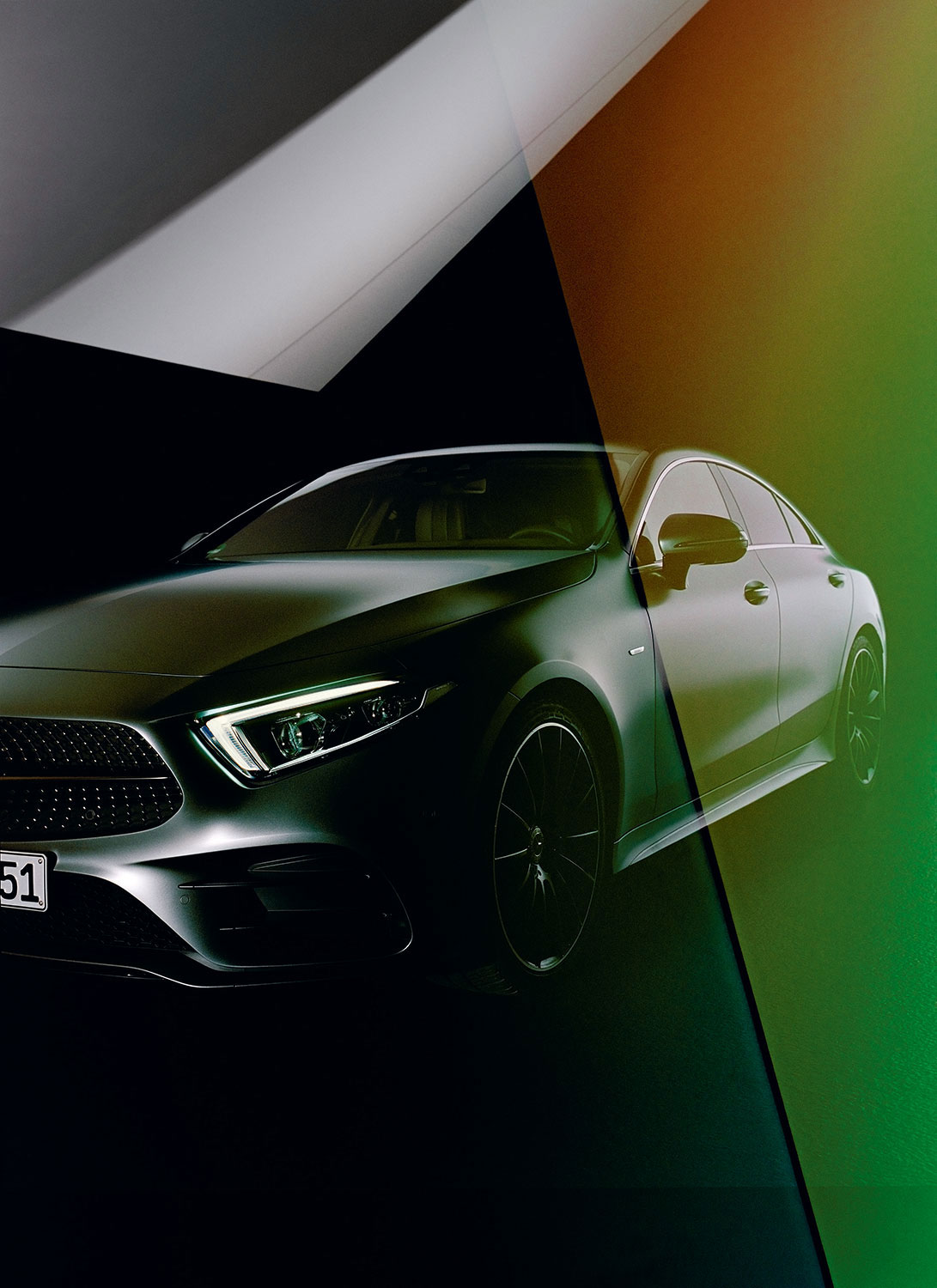
The CLS-Class has been led by design since the first swoopy saloon was launched back in 2005. Now on its third generation, it’s still the machine of choice for those who want a sober saloon with a subtle hint of class. Shown here as a 4MATIC four-wheel drive 400d in special Edition 1 trim, the CLS has the option of accommodating Mercedes-Benz’s cutting-edge driver assistance technology, widely seen as a stepping stone to the next level of autonomous driving. The top-of-the-line 450 model also incorporates EQ Boost, a new ‘mild’ hybrid system that throws in a few more electric horsepower to help with acceleration. Add in the optional Widescreen cockpit, which scatters the dashboard with panoramic display screens, and you have a classically elegant car that fuses traditional style with the building blocks for tomorrow.
Mercedes-Benz CLS, from £57,510, mercedes-benz.com. Photography: Leon Chew
As originally featured in the April 2018 issue of Wallpaper* (W*229)
Audi Elaine Concept
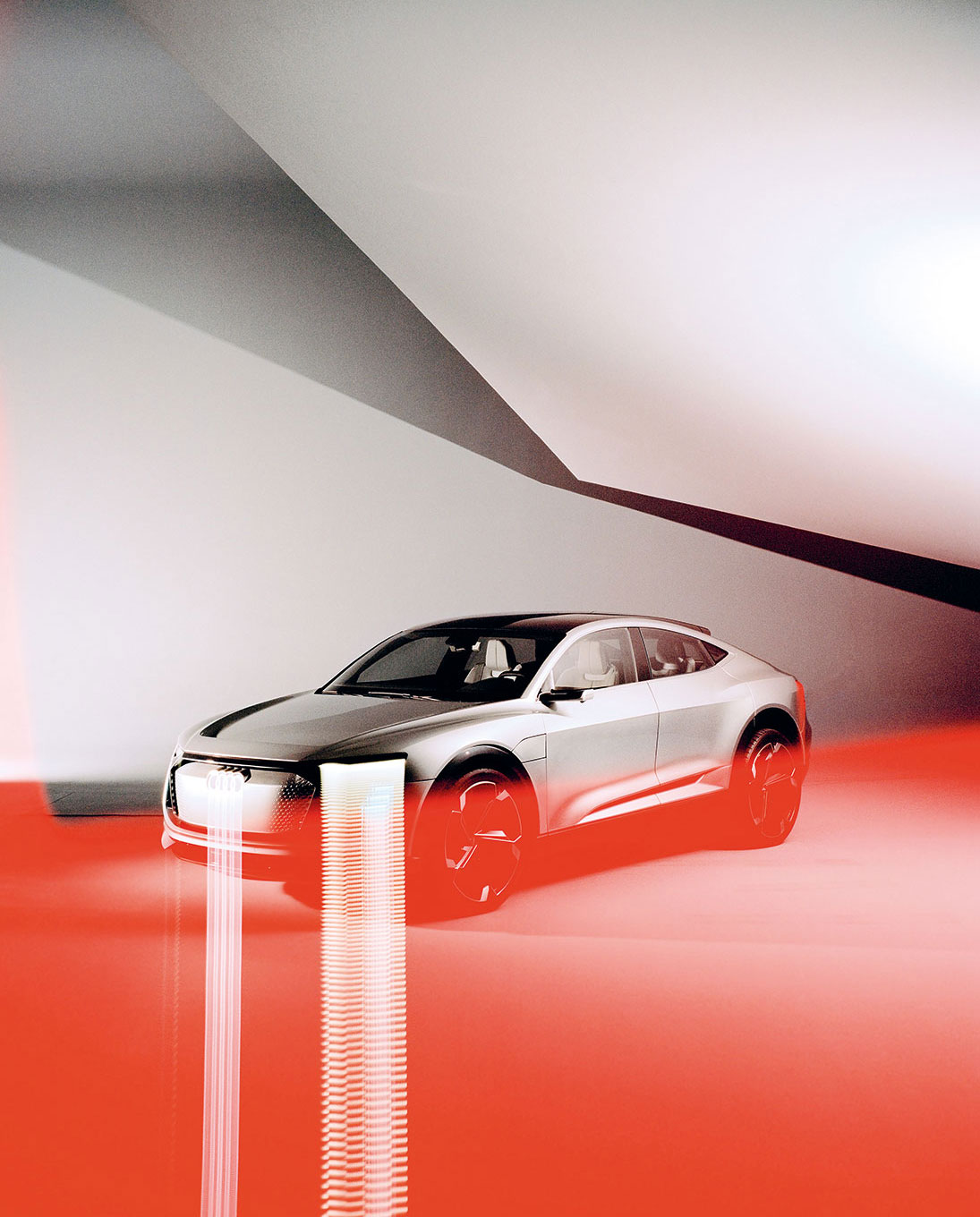
By the end of 2018, Audi will have had an image overhaul unlike any before. For decades the face of rock-solid German dependability and classically modern design, the brand is embracing an electric future with gusto. First up this autumn will be the E-tron SUV, a conventionally-styled pure electric challenger to Tesla et al. It’ll be followed by a more stylish Sportback sibling, previewed here in the shape of the Elaine Concept. That personable name is no mere placeholder; it shows the company trying to humanise its rather aloof image. The core technology is Audi AI, with autonomous functions ranging from self-driving highway mode to self-parking, charging and even washing. This is all still future thinking, but the recently launched Audi Smart Energy Network pilot project – a home charger system designed to integrate with the power grid – shows the electric road ahead.
Audi Elaine, concept only, audi.com. Photography: Leon Chew
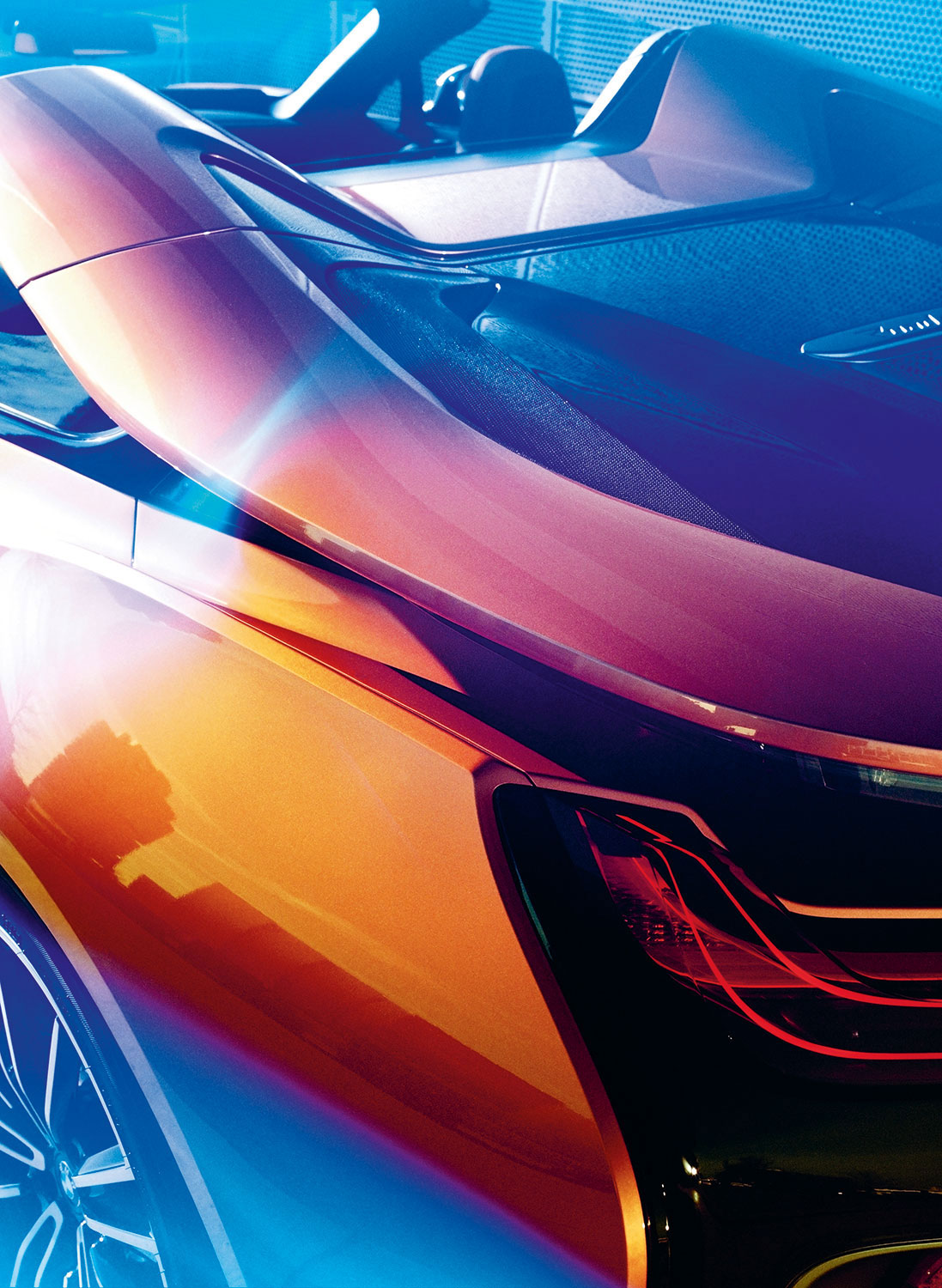
The BMW i8 Roadster’s up-and-out doors sport frameless windows, while its fabric roof folds back in a Z-Shape in 16 seconds, some of the roof mechanism’s elements can only be created using 3D-printed technology
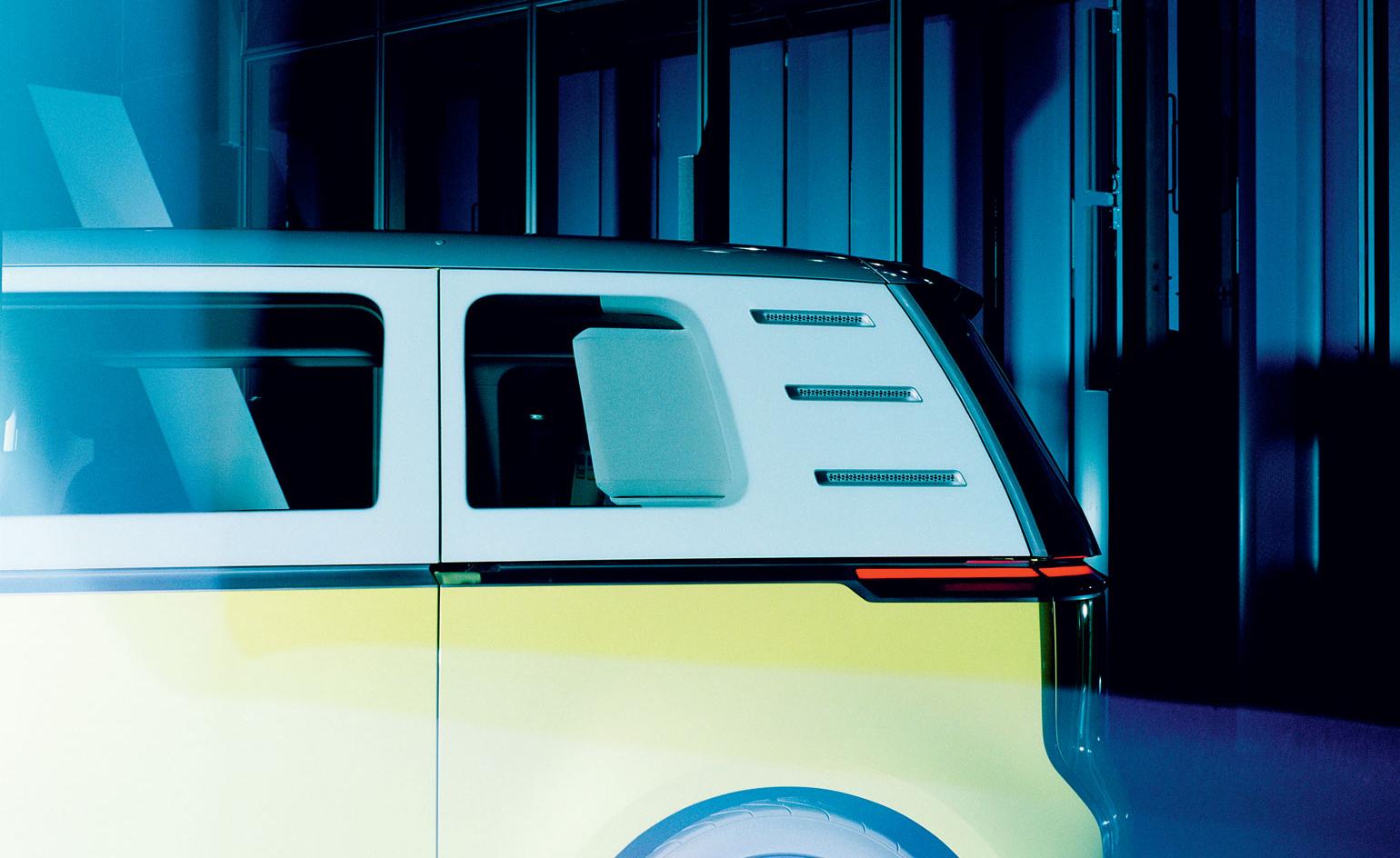
Managing to be both retro and futuristic, the VW ID Buzz features the type 2’s trademark two-tone paint scheme and horizontal air intakes in the D-Pillars, but also a dashboard using augmented reality and side-mirror cameras.
Wallpaper* Newsletter
Receive our daily digest of inspiration, escapism and design stories from around the world direct to your inbox.
Jonathan Bell has written for Wallpaper* magazine since 1999, covering everything from architecture and transport design to books, tech and graphic design. He is now the magazine’s Transport and Technology Editor. Jonathan has written and edited 15 books, including Concept Car Design, 21st Century House, and The New Modern House. He is also the host of Wallpaper’s first podcast.
-
 All-In is the Paris-based label making full-force fashion for main character dressing
All-In is the Paris-based label making full-force fashion for main character dressingPart of our monthly Uprising series, Wallpaper* meets Benjamin Barron and Bror August Vestbø of All-In, the LVMH Prize-nominated label which bases its collections on a riotous cast of characters – real and imagined
By Orla Brennan
-
 Maserati joins forces with Giorgetti for a turbo-charged relationship
Maserati joins forces with Giorgetti for a turbo-charged relationshipAnnouncing their marriage during Milan Design Week, the brands unveiled a collection, a car and a long term commitment
By Hugo Macdonald
-
 Through an innovative new training program, Poltrona Frau aims to safeguard Italian craft
Through an innovative new training program, Poltrona Frau aims to safeguard Italian craftThe heritage furniture manufacturer is training a new generation of leather artisans
By Cristina Kiran Piotti
-
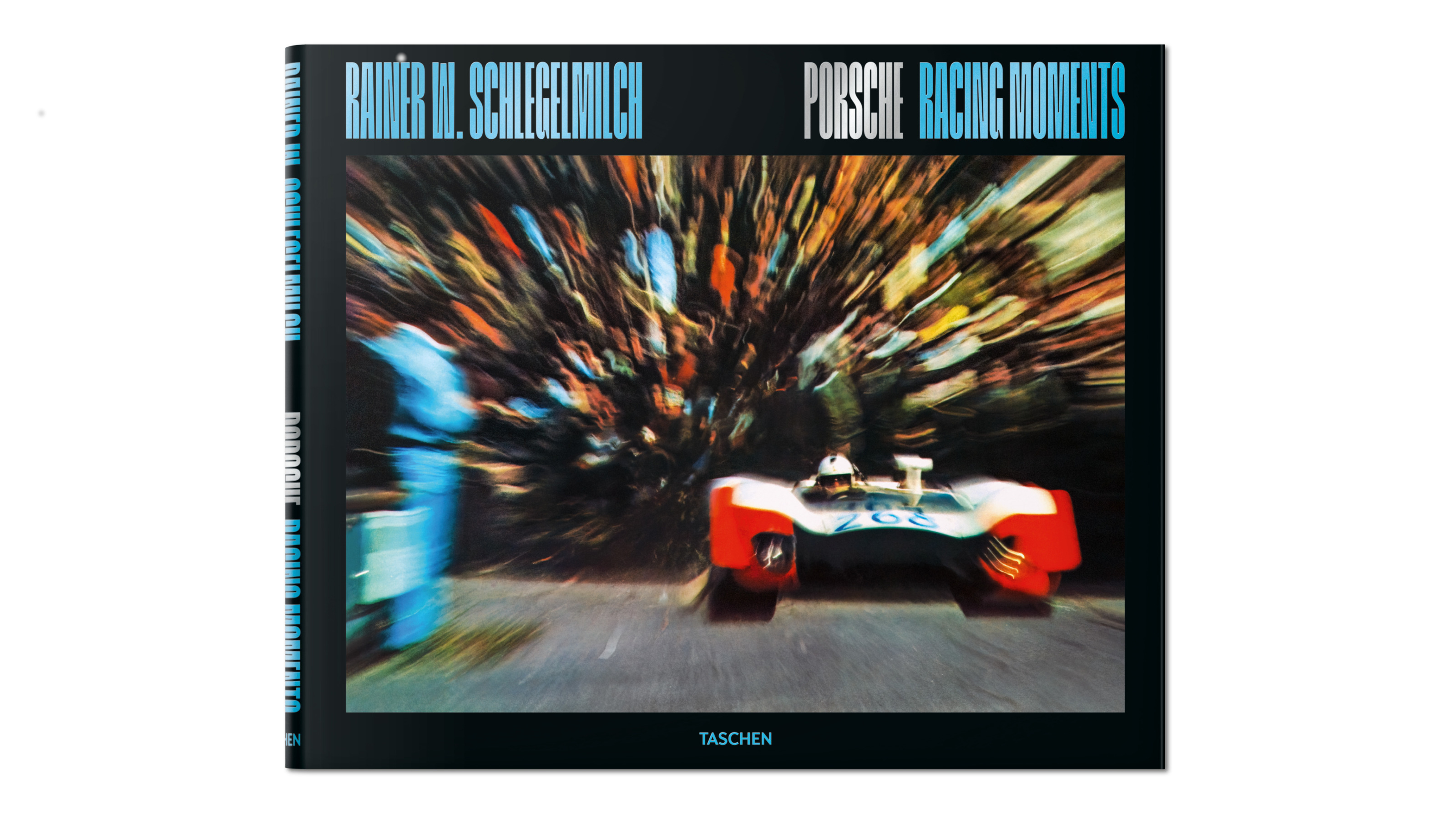 Rainer W. Schlegelmilch's Porsche photography showcases the aesthetics of speed
Rainer W. Schlegelmilch's Porsche photography showcases the aesthetics of speedTaschen's new edition of Rainer W. Schlegelmilch’s collected imagery from a quarter of a century spent following Porsche racing highlights historical machines, emotive camera technique and major moments on the track
By Jonathan Bell
-
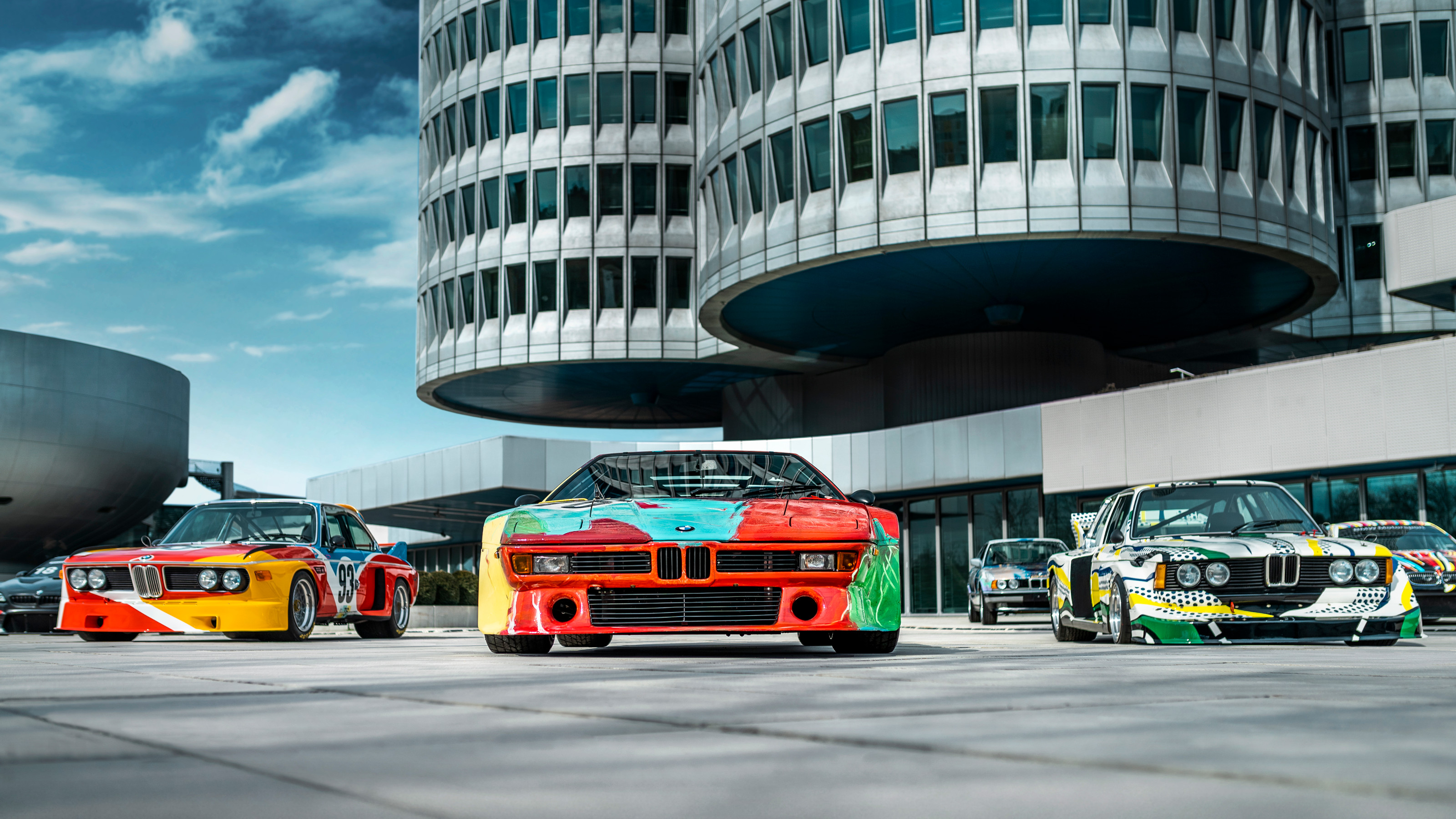 BMW celebrates half a century of its pioneering Art Car project with exhibitions and more
BMW celebrates half a century of its pioneering Art Car project with exhibitions and moreWe present a portfolio of the artists who have contributed to 50 years of BMW Art Cars, including Andy Warhol, John Baldessari, Jenny Holzer and David Hockney
By Jonathan Bell
-
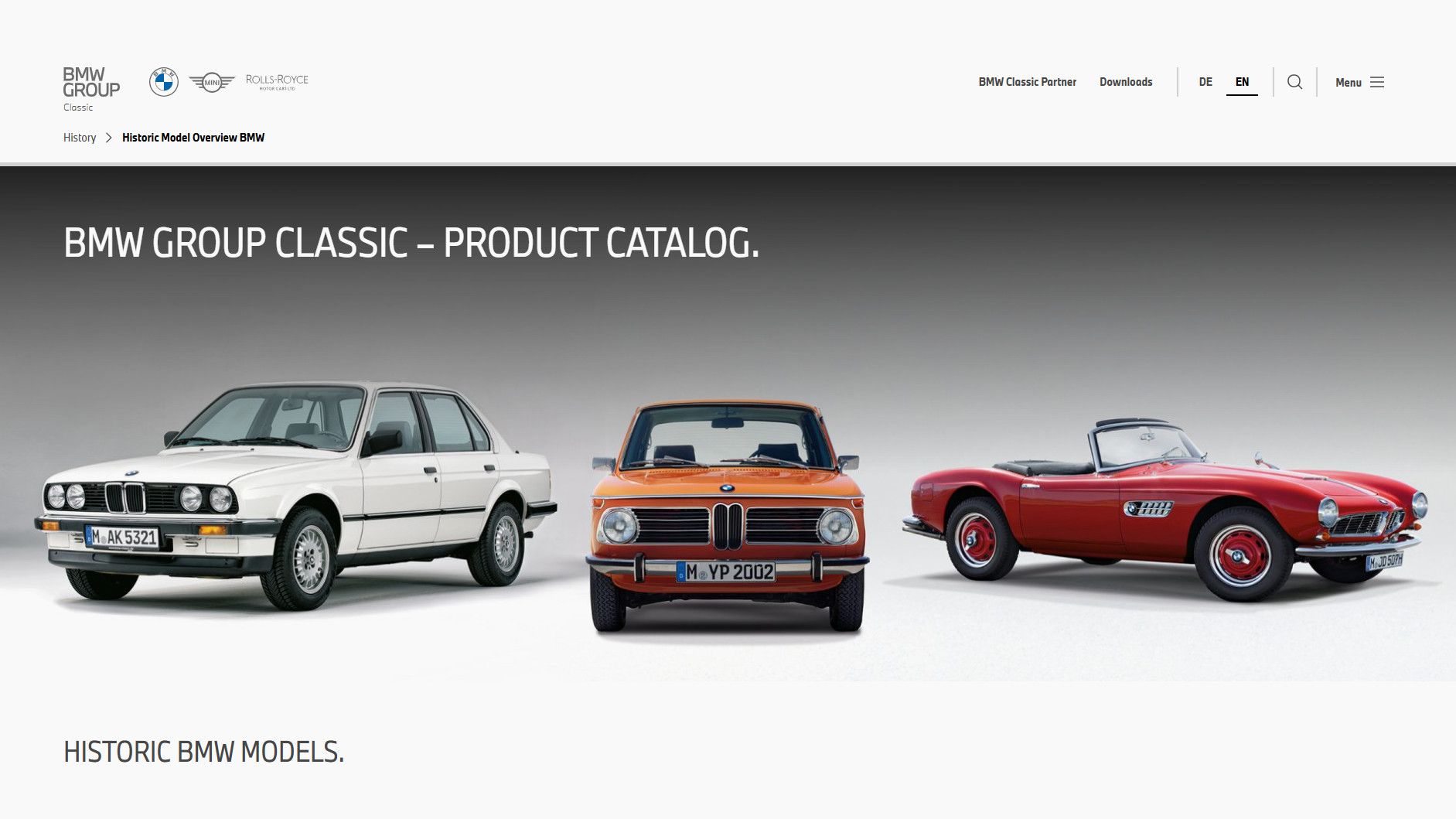 Peruse the new BMW Group Archive to explore the evolution of BMW design over the decades
Peruse the new BMW Group Archive to explore the evolution of BMW design over the decadesFor lovers of the marque, BMW’s commitment to online archiving is second to none. The latest website from the Bavarian manufacturer is this extensive visual catalogue of 80 years’ worth of BMW design
By Jonathan Bell
-
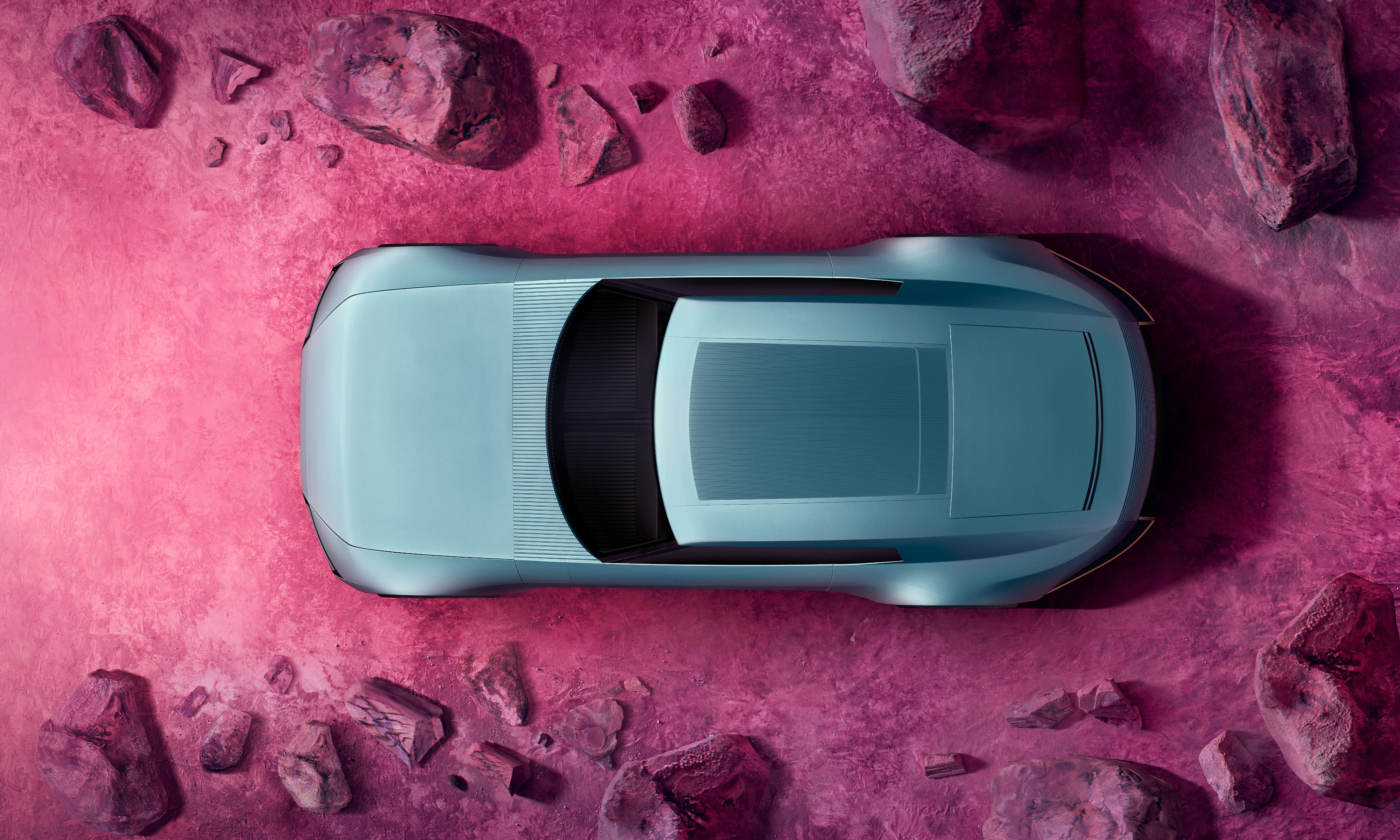 The top 10 concept cars of 2024, as selected by Wallpaper’s Transport Editor
The top 10 concept cars of 2024, as selected by Wallpaper’s Transport EditorWe round up our favourite forays into futuristic design with this collection of concepts and design studies showcasing the transport of tomorrow
By Jonathan Bell
-
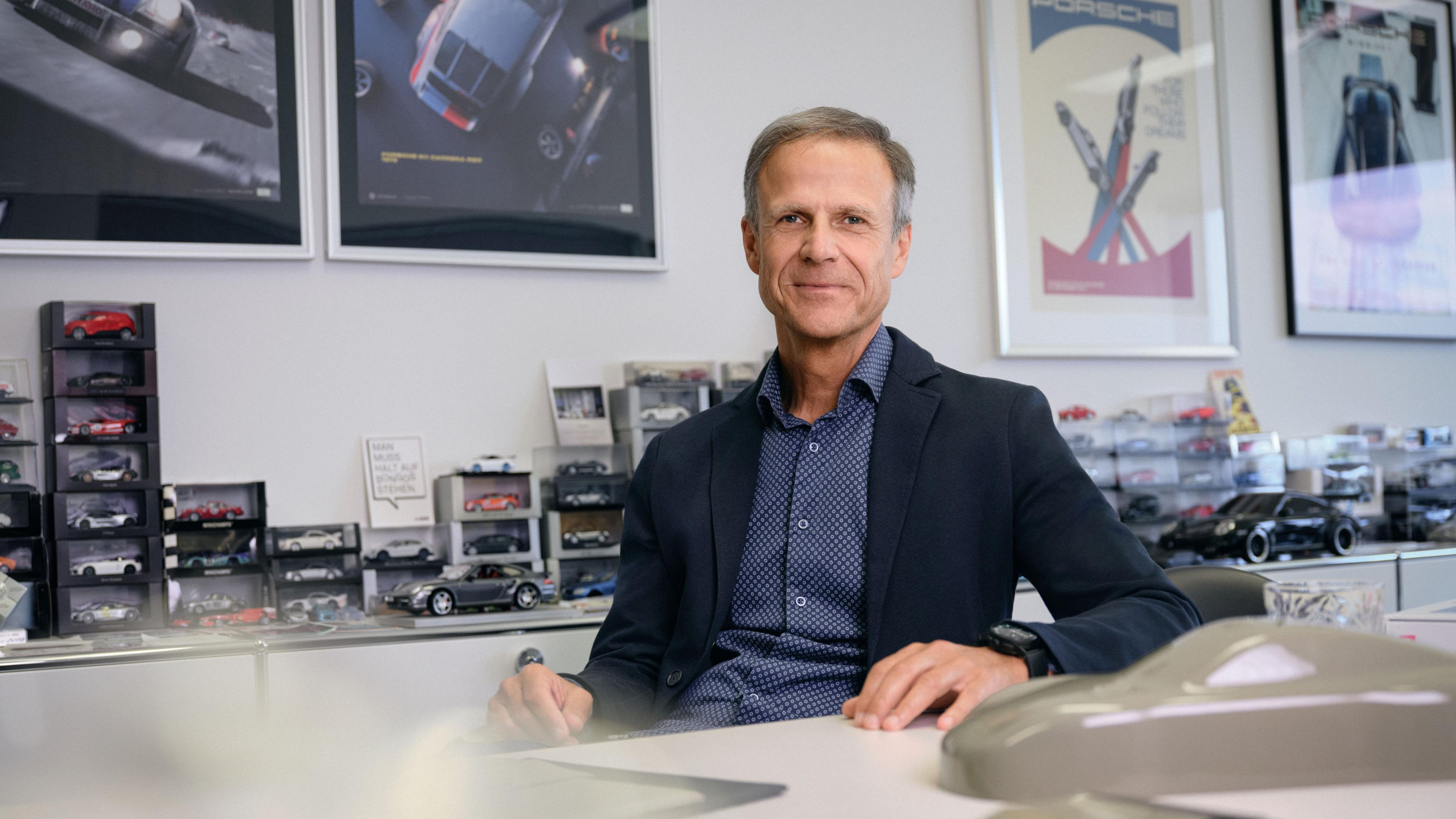 Michael Mauer on two decades at the helm of Porsche’s design
Michael Mauer on two decades at the helm of Porsche’s designPorsche’s signature style has diversified in recent years, thanks to the design leadership of Michael Mauer. We caught up with him to reflect on his 20 years in the hot seat
By Rory FH Smith
-
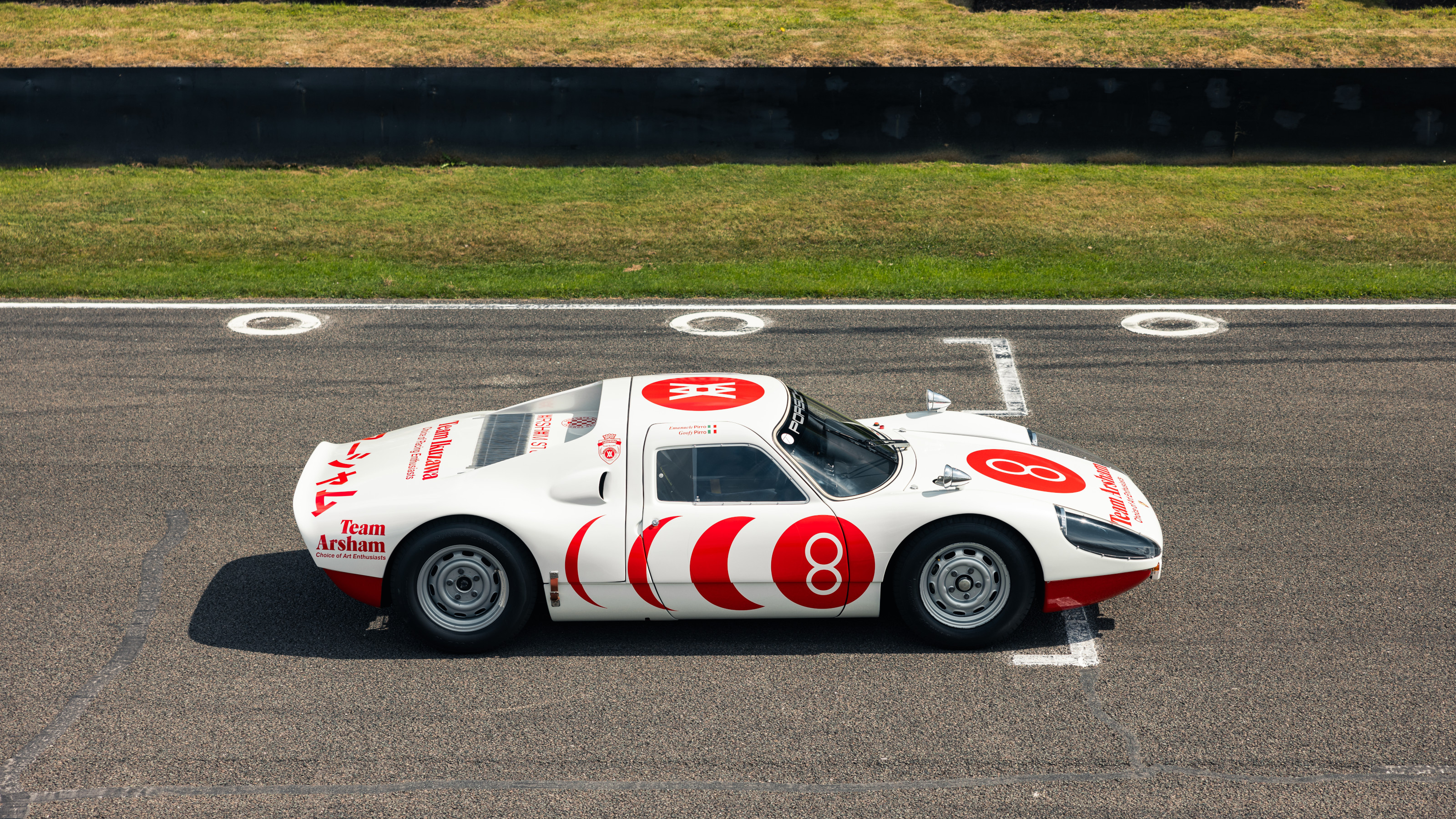 Team Ikuzawa brings the art of Daniel Arsham to motorsport
Team Ikuzawa brings the art of Daniel Arsham to motorsportCreative director Mai Ikuzawa has overseen a new capsule clothing collection, a collaboration with artist Daniel Arsham that also honours her racing driver father Tetsu Ikuzawa
By Josh Sims
-
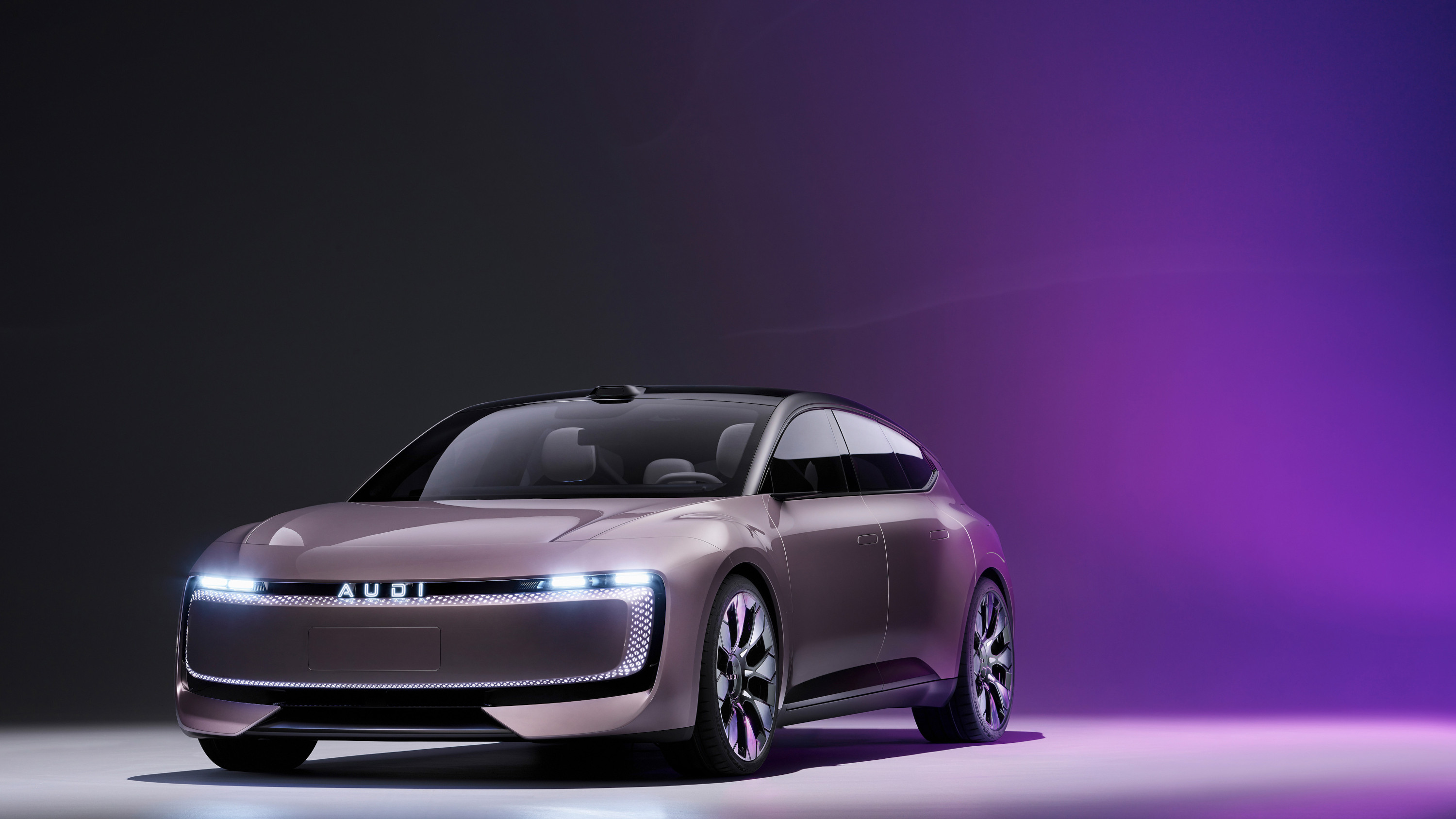 Audi launches AUDI, a China-only sub-brand, with a handsome new EV concept
Audi launches AUDI, a China-only sub-brand, with a handsome new EV conceptThe AUDI E previews a new range of China-specific electric vehicles from the German carmaker’s new local sub-brand
By Jonathan Bell
-
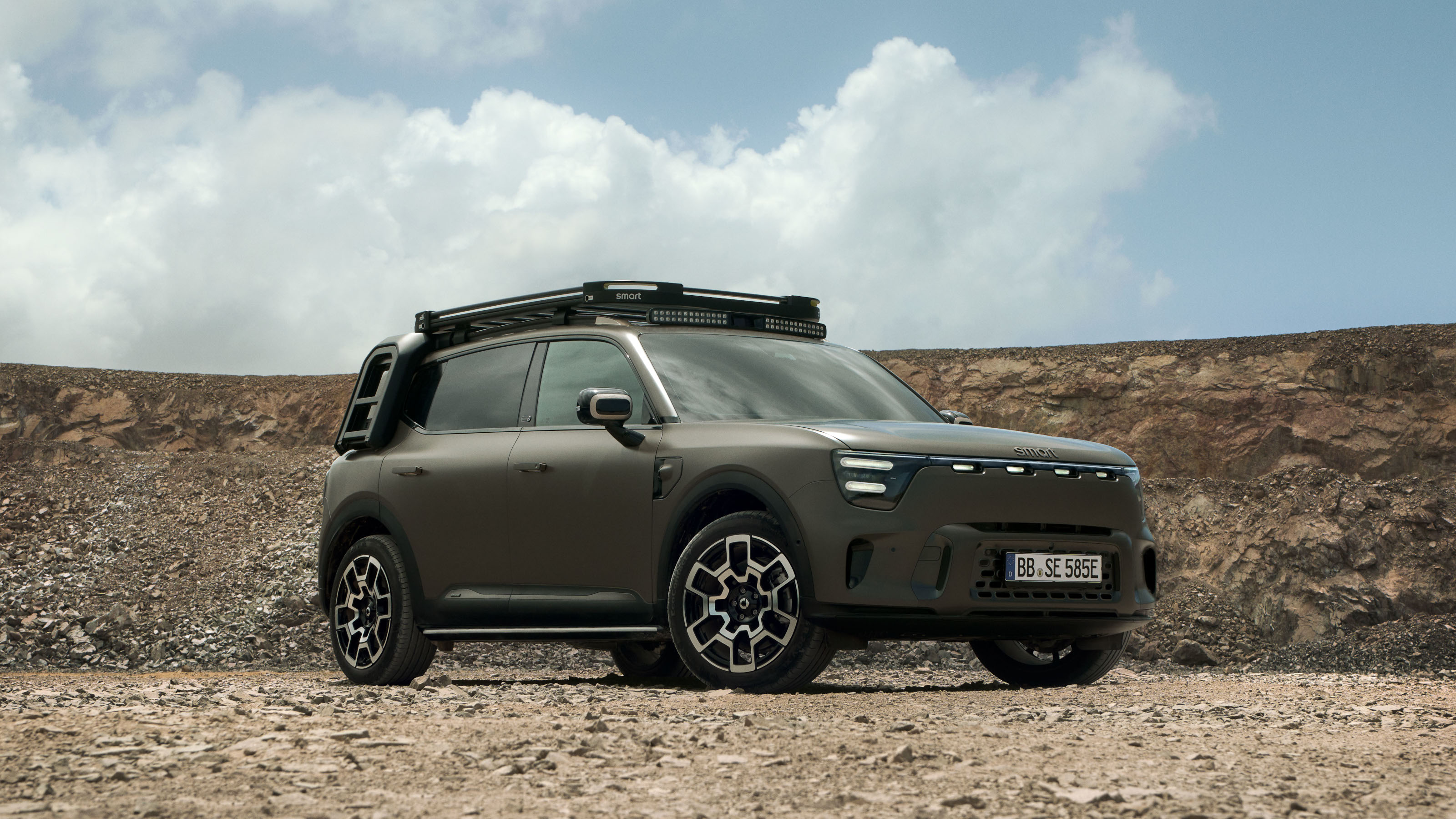 The new Smart #5 takes the brand's essential character upmarket and offroad
The new Smart #5 takes the brand's essential character upmarket and offroadKai Sieber, head of design Smart at Mercedes-Benz Design, discusses the evolution and style of the new Smart #5
By Jonathan Bell